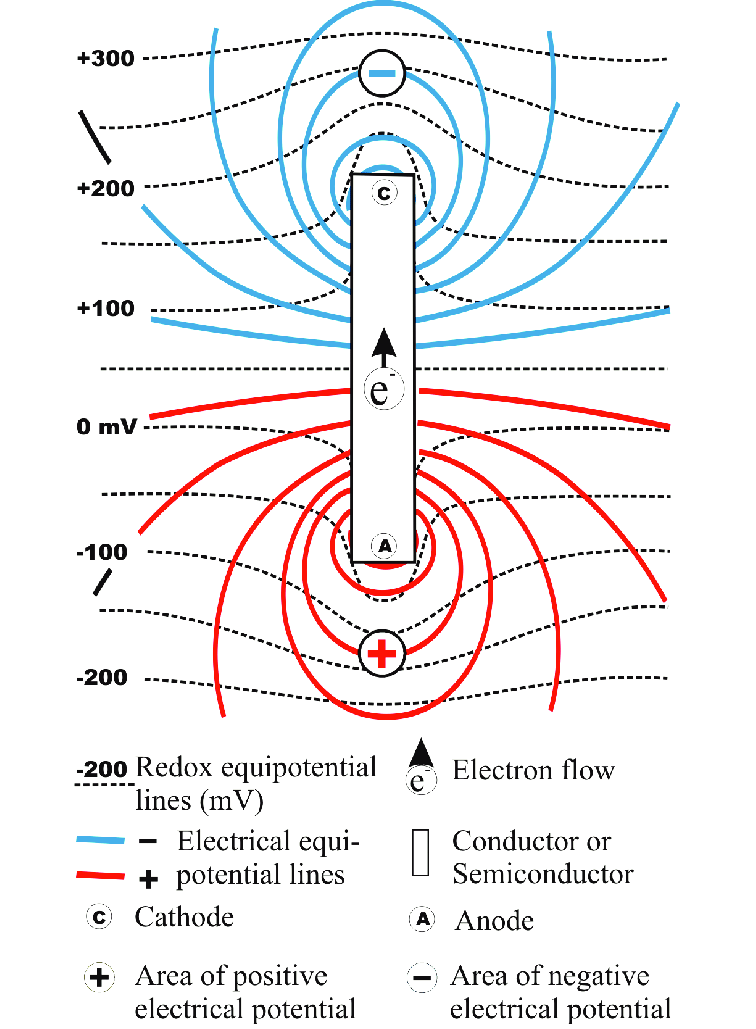First Love
1 John 4:19 We love him, because he first loved us.
https://www.youtube.com/watch?v=xfrsSoBkigM&ab_channel=jay-aie
🕊Blest be the tie that binds
our hearts in Christian love;
the fellowship of kindred minds
is like to that above.🕊
Having departed from the temple, Jesus said, "Do not the guests assemble in the antechamber before entering the feasthall?
There, the hands and feet are washed, the head anointed, and small foods to whet the
appetite are eaten.
Even so is the Earth the antechamber of the Kingdom of Heaven."
mid 17th century (as antichamber ): from French antichambre, from Italian anticamera, from anti- ‘preceding’ + camera (see chamber).
firmament (n.)
mid-13c., from Old French firmament or directly from Latin firmamentum "firmament," literally "a support, a strengthening," from firmus "strong, steadfast, enduring" (from suffixed form of PIE root *dher- "to hold firmly, support" ).
Used in Late Latin in the Vulgate to translate Greek stereoma "firm or solid structure," which translated Hebrew raqia, a word used of both the vault of the sky and the floor of the earth in the Old Testament, probably literally "expanse," from raqa "to spread out," but in Syriac meaning "to make firm or solid," hence the erroneous translation
dependable; reliable.
"the defence is solid"
lift the lid on
reveal unwelcome secrets about.
Dome-shaped lids
The lid is perfect for products such as milkshakes, smoothies, ice cream, lattes, and frozen yogurt in paper yogurt cups. This is because they allow plenty of room to add whipped cream, sprinkles or any other extras you want to add to your serving.
serve up something
to make something available to people; provide:
Inherited from Middle English providen, from Latin prōvidēre (“to foresee, act with foresight”). Doublet of purvey.
provide (third-person singular simple present provides, present participle providing, simple past and past participle provided)
To act to prepare for something.
provide against disaster.
proved
simple past tense and past participle of prove
Abstract: (arXiv)
We study the fluctuation-mediated interactions between two atoms in the presence of an aplanatic lens, demonstrating an enhancement in their resonant dipole-dipole interaction. We derive the field propagation of the linear optical system in terms of the electromagnetic Green's tensor for an aplanatic lens. The collective internal atomic dynamics is analyzed via a Lindblad master equation, which allows one to characterize the dispersive and dissipative interactions between atoms. We thus demonstrate that the resonant dipole-dipole coupling between the atoms can be enhanced in the focal plane of the lens, and the lens-modified energy exchange between the atoms can create a mutual trapping potential. Our work opens new avenues for expanding dipole-dipole interactions to macroscopic scales and the experimental platforms to study them.
"We thus demonstrate that the resonant dipole-dipole coupling between the atoms can be enhanced in the focal plane of the lens, and the lens-modified energy exchange between the atoms can create a mutual trapping potential."
Trapping of different types of liposomes in nanochannels. a Composite fluorescence microscope image of trapped POPC:POPG 3:1 liposomes in nanochannels (outlined with yellow) measured at seven different salinity gradients (C N in the range 10 −3 × PBS to 1× PBS and C W fixed at 10× PBS). Liposomes have diameters d DLS = (76 ± 3) nm and zeta potentials ζ LDE = (−28 ± 1) mV. Green, horizontal lines mark the positions of physiological salinity (1× PBS). The images were averaged over 10 s. b Fluorescence intensity along the nanochannel (blue dots) and corresponding fits (red line). c Extracted liposome diameter and zeta potential of the same liposomes at different salinity gradients. Dashed, red lines are weighted averages over the fit parameters for the different salinity gradients. d Summary of results for diameters and zeta potentials obtained from trapping, DLS, and LDE experiments for the nine different combinations of zeta potentials and diameters.
Each trapping data measurement is obtained similarly as the average values shown in c. e Trapping positions of POPC:POPG 3:1 liposome populations with three different sizes and an average zeta potential of (−30 ± 1) mV. Solid lines are the theoretical trapping positions with the corresponding values from the trapping method in d as input parameters and an independent calibration of the fluid flow. f Trapping position of liposomes with three different compositions, and, consequently, zeta potentials, but almost identical sizes [average diameter (72 ± 3) nm]. Solid lines are the theoretically predicted trapping positions calculated as in e. All error bars are the standard errors on the means (n = 3).


